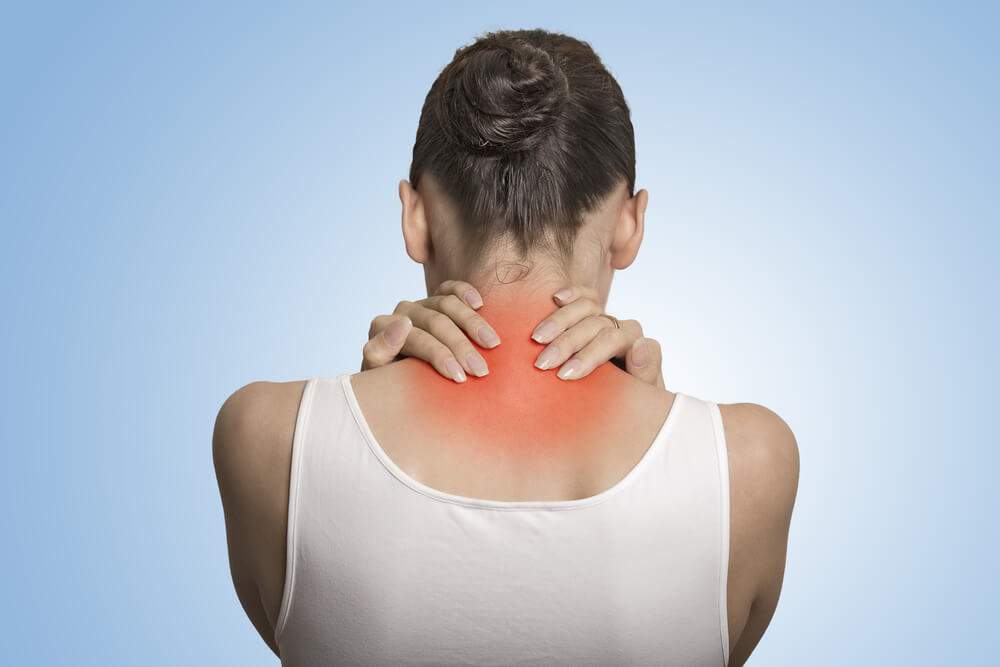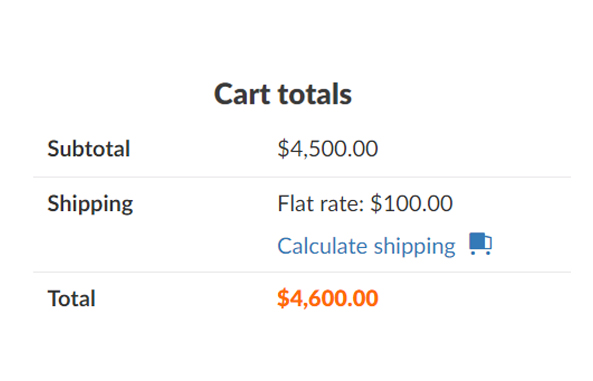
1,5 billion people all over the world deal with chronic pain. For them, every day is an ongoing struggle to get out of bed, go to work, study, run errands, and take care of their family. But there is a small percentage of these people who have it even worse. We are talking about patients with allodynia and fibromyalgia who experience excruciating pain from things that shouldn’t be painful at all. Can you imagine not being able to put on your socks, take a shower, brush your hair, or even hug someone without feeling sharp ache all over your body? This is exactly how a patient with allodynia and fibromyalgia feels. If you can relate to this problem, keep reading to find out how to manage these conditions and increase the quality of your life.
What is allodynia?
Though nobody enjoys feeling it, pain is actually a friend rather than a foe. Being a protective mechanism of the body, it signals your brain to put a stop to the action or step away from the situation that is harming you. However, this rule does not apply to patients with allodynia who go through agonizing pain even from the gentle touch of a feather. The glial cells surrounding neurons release more neurotransmitters than needed, amplifying the level of pain and causing a distorted sensory experience.
Most patients experience flare-ups a few times a year, while others dream of allodynia pain relief daily. To make matters even worse, the illness is incredibly hard to diagnose. Nobody knows what causes allodynia, and it hasn’t been studied thoroughly yet. For this reason, a lot of medical specialists still view chronic pain only as a symptom, not as a standalone disease.
Types of allodynia
The definition of allodynia is rather straightforward – a painful sensation in response to harmless stimuli. But the condition itself is more complicated than that. Depending on the cause of the pain, allodynia can be divided into three types:
- Mechanical (caused by the slightest movement across the skin like using a loofah, washcloth, or getting under a blanket at night)
- Tactile (caused by a light touch or pressure on the skin like when wearing socks, a belt, waistband or straps)
- Thermal (caused by a mild change in temperature; for example, when taking a shower or standing in the wind)
Keep in mind that every patient is unique. While some may experience only one type of allodynia, others may have a combination of two or even all three types.

Thermal, tactile, and mechanical allodynia treatment
Modern science is yet to come up with a cure for allodynia. And while it does, the only option left is to manage pain using medication. A patient with allodynia is usually prescribed pills associated with such conditions as diabetes, fibromyalgia, spinal cord injuries, and shingles. The nerve pain can also be soothed with topical ointments and creams containing lidocaine.
Such popular pain management methods as massage and acupuncture are not suitable for patients with allodynia and fibromyalgia as they involve touch and may only cause more discomfort.
Another approach to treating the condition is prevention. Patients with migraines, diabetes, postherpetic neuralgia, and complex regional pain syndrome are all in the group risk for developing allodynia. So treating the underlying cause may be effective in preventing the condition.

Is there a natural treatment for the illness?
Though there are a lot of medication options available on the market, not everyone is keen on taking painkillers every day. What is more, drugs usually come with a long list of side-effects, including addiction. Luckily, there are a few things you can do to relieve your condition besides swallowing pills. Research has shown that leading a healthy lifestyle is also a great option. This means maintaining a balanced diet, exercising regularly, and getting enough sleep. If you smoke, quitting the habit will improve the circulation and reduce the inflammation.
Are you looking for a holistic mechanical, thermal and tactile allodynia treatment? We recommend trying pulsed electromagnetic field therapy (PEMF). It is an innovative approach based on restoring the normal cell functions through low-frequency pulses mimicking the Earth’s magnetic field. ALMAG-2 is an easily-operated PEMF device that you can use at home as a supplement to your regular treatment plan. The method is 100% safe and doesn’t have any side-effects, so there is really no harm in giving it a try! Contact us at any time for more information on PEMF therapy and how it can benefit you. Stay healthy!


